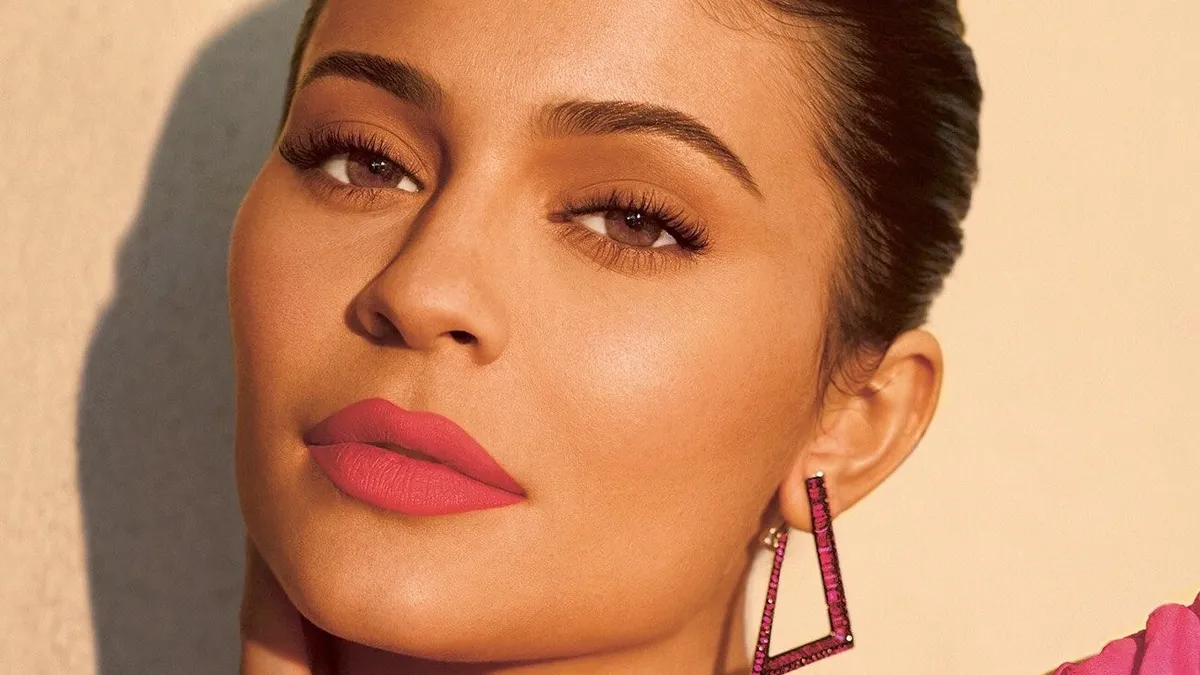Dive Brief:
- Eighty-six percent of Gen Z and millennials report they're open to sharing sponsored content online for money, according to a new survey on influencer marketing by Morning Consult. Additionally, 61% of the respondents interviewed said they're likely to boost the brands they enjoy without getting paid to do so, creating a "massive" microinfluencer opportunity for businesses to tap into.
- The report found that over half (54%) of Gen Z and millennials are interested in becoming influencers, valuing the time flexibility, pay and recognition that comes with the line of work. Pursuing an influencer career comes as Gen Z and millennials continue to trust social media stars and online content creators more than traditional celebrities when it comes to representing a brand. Nearly three-quarters of Gen Z and millennials follow influencers online, with teenagers often following multiple accounts.
- Authenticity is one of the most critical factors for influencer success. Influencers' conveying of expertise in the products they're promoting makes their followers 56% more likely to purchase, Morning Consult found. Almost half (49%) of those surveyed said an influencer's relatability drives them to buy.
Dive Insight:
Influencer marketing's command of the attention and trust of young consumers has been apparent for years now, but Morning Consult's research indicates that growing interest in the channel as a career path or side hustle can benefit brands looking to amplify their messages online. The findings around Gen Z and millennials proclivity to organically talk about their favorite brands shows how marketers might tap into spaces where their following is strong — all in a low-cost way.
There have been a few case studies this year that illustrate how leveraging social media conversations that are already happening can be more effective than spending a lot of money on advertising. Popeyes' new fried chicken sandwich, which sold out within two weeks of its initial launch, leaned into communities like Black Twitter to generate an estimated $65 million in earned media. The hard seltzer brand White Claw has actually pulled back its media spending despite surging popularity — a popularity that viral videos and memes created by influencers helped support.
A bigger micoinfluencer economy has been steadily building as brands focus less on high-profile but often costly endorsements. Microinfluencers comprise 40% of brands' annual influencer spending versus 28% for celebrity influencers, per a March survey by Rakuten Marketing.
However, channel choice and demographics are also important to consider when making the most out of influencer marketing. More 13- to 16-year-olds now use the viral social video app TikTok than Facebook, according to Morning Consult. Twitch, the livestreaming platform owned by Amazon, is another increasingly popular destination. Yet TikTok and Twitch, despite currying favor with young teenagers, in particular, are not dominant services for following influencers, the study found.
The biggest sites for following influencers are actually YouTube for young men, who are interested in categories like gaming and fitness, and Instagram for women, who turn to the platform to follow beauty and fashion accounts. The controversial YouTuber PewDiePie, for example, was the most-cited influencer in Morning Consult's survey, achieving the same level of name recognition — and slightly higher favorability — among Gen Z men as NBA star LeBron James. Kylie Jenner, who's built a successful line of beauty products thanks to her massive following on platforms like Instagram, also landed in the top-five for recognizability.















